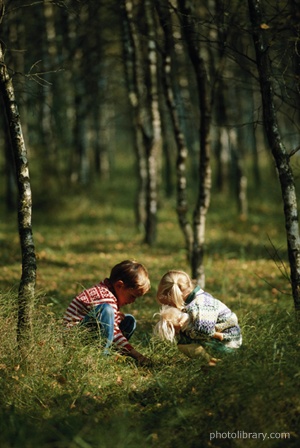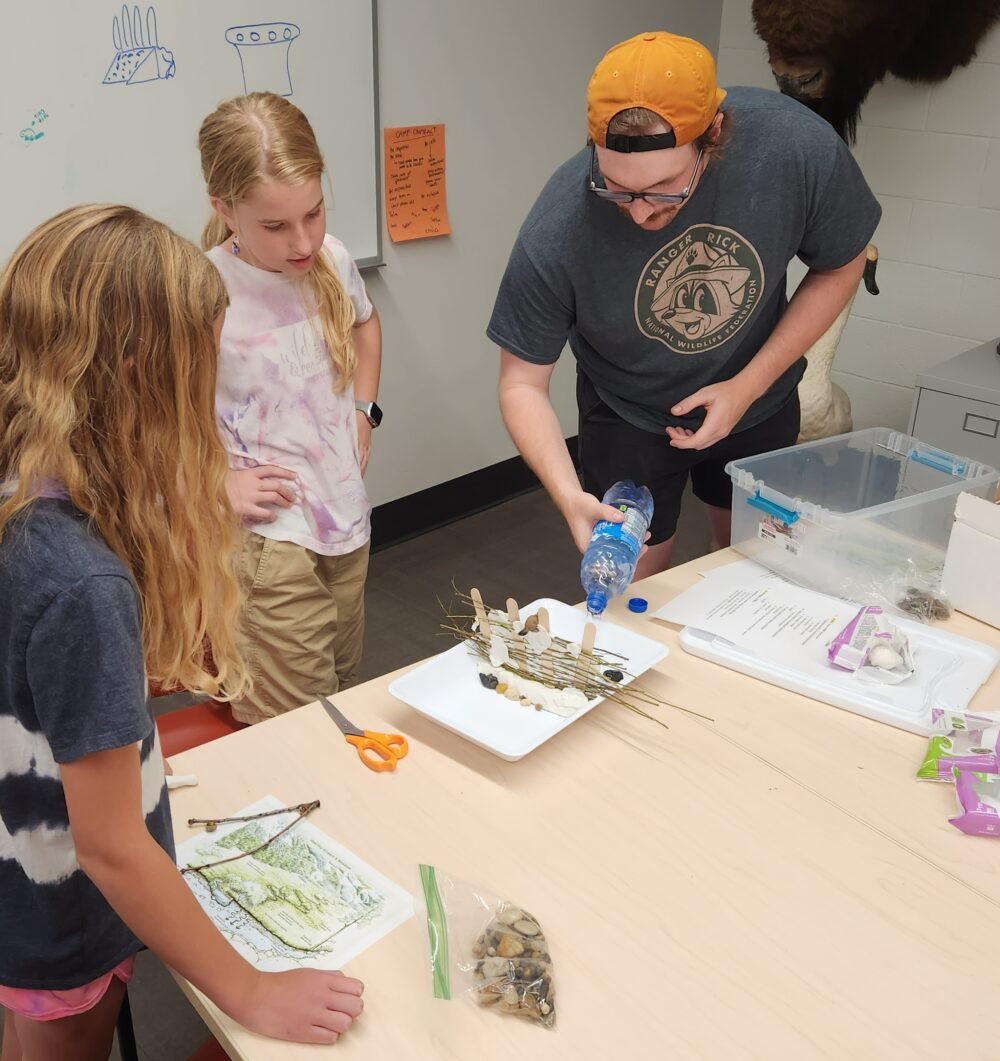We have much more to do and your continued support is needed now more than ever.
Games Gone Wild: 14 Boredom Busters for Your Next Outdoor Adventure
 In this era of portable electronic devices of all shapes and sizes, you need never be without entertainment at your fingertips. But ask yourself—or your kids—this: What if the batteries ran out while you were outdoors? Or what if (gasp!) you simply left it all behind on purpose and ran out the door with empty pockets? Could you stave off boredom and even have a little fun?
In this era of portable electronic devices of all shapes and sizes, you need never be without entertainment at your fingertips. But ask yourself—or your kids—this: What if the batteries ran out while you were outdoors? Or what if (gasp!) you simply left it all behind on purpose and ran out the door with empty pockets? Could you stave off boredom and even have a little fun?
Here are some survival strategies that just might save you. These games require nothing more than what you can easily find outside—along with a healthy dose of creativity.
Inside Games—Outside
On the beach, in the woods, or even in an open field, you can find everything you need to play some common “inside” games.
- Tic-Tac-Toe. Grab a stick and play a round by drawing in the sand or soil.
- Checkers. Draw a checkerboard (8 by 8 squares) on the ground and collect 12 stones, shells, acorns, or other small objects to use as “checkers” for each player.
- Pick-Up Sticks. To play, simply gather an assortment of twigs and drop them in a pile.
Forgot the rules for some of these games? Here’s how to play Pick-Up Sticks and Checkers.
Just as an outdoor picnic can transform a basic meal into something exciting, games you know well will seem all new—and extra fun—when played outside.
Active Games
Of course, there are countless running-and-jumping games best played outdoors.
- Hopscotch. Use a stick to draw a hopscotch board in a dirt patch. Then hop to your heart’s content.
- Follow the Leader. Explore up, down, and all around a natural area, giving each person a chance to lead.
- Hide-and-Seek. Check out the best places to hide outside with this winner of a game.
- Tag. Burn off all kinds of energy with your favorite variation of traditional tag. For a fun sunny-day version, play shadow tag: stepping on another player’s shadow counts as a tag.
- Tossing Games. Designate a target: a tree or rock, a series of circles drawn on the ground, or a hole you have dug. Then toss pine cones or other objects from a distance, earning points for each hit.
- “Pooh Sticks.” On a bridge, drop sticks into the water on the upstream side. Then run to the downstream side to see whose stick emerges first.
For more active outdoor games, visit our outdoor game center!
Memory Games
Collect a variety of small natural objects (leaves, pine cones, stones, sticks, bark, acorns, shells, etc.). Lay the objects all out on the ground.
- Add Up. Give players a chance to study the collection carefully. Then cover it with a handkerchief or jacket. How many of the objects can the players recall and name?
- Take Away. After players study the collection, have them close their eyes while you remove one (or more) objects. Can they name the missing object(s)? Guessing Games Hone players’ observation skills and questioning strategies with outdoor versions of these classic time-fillers.
- I Spy. Choose something easily visible to all and say “I spy, with my little eye, something (blue, or round, or that begins with the letter ‘C’).” Players take turns guessing until the object is identified. 20 Questions. Again, choose something in the environment around you. Players ask yes or no questions to determine what it is you have in mind.
Invented Games
Perhaps best of all, let nature inspire you to make up a new game on the spot. Use whatever you find around you and let your creativity loose. Perhaps you’ll make a giant-size board game, with players themselves moving along squares in a path you draw on the ground. Perhaps you’ll invent a new version of tag or a jumping game or a tossing game. Whatever you create, it’s sure to be memorable and one-of-a-kind.
Kate Hofmann is a writer/editor for National Wildlife Federation’s Ranger Rick magazine and Eco-Schools USA program. She has a master’s degree in environmental education and loves to help kids, families, and teachers discover the beauty and benefits of time outside. A native of northern Michigan, she has fond memories of made-up games involving feathers and other found objects.





















